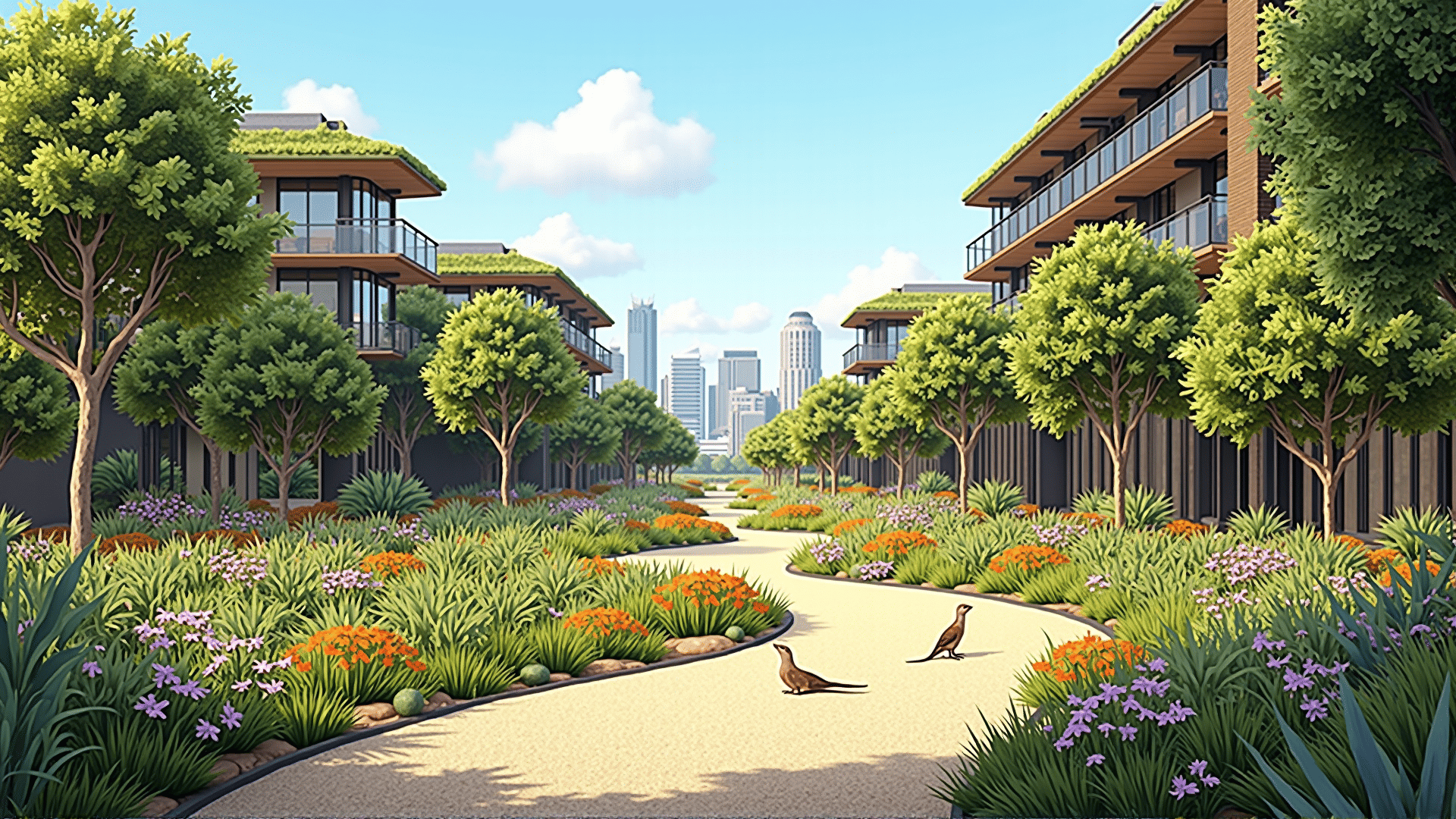Urban areas around the world are experiencing a profound transformation, thanks to the growing focus on urban ecology and green spaces. This movement is encouraging cities to evolve into sustainability champions, prioritizing biodiversity and environmental harmony even amidst skyscrapers and busy streets.
One of the primary goals of urban ecology projects is to create thriving ecosystems in metropolitan environments. Through the establishment of parks, rooftop gardens, and green corridors, cities are not just becoming more visually appealing but are also fostering habitats for diverse wildlife. These green spaces serve as essential sanctuaries for birds, insects, and small mammals, creating a balance where nature and urban life coexist.
The integration of these green spaces offers numerous benefits beyond enhancing urban beauty. They play a crucial role in mitigating climate change effects. Trees and plants contribute to reducing urban heat islands, improve air quality by filtering pollutants, and facilitate better water management through natural rainwater absorption. In addition, these spaces provide city dwellers with areas for relaxation and recreation, improving mental health and community well-being.
Community involvement is crucial in the success of urban ecology initiatives. Local residents are increasingly participating in community gardens, urban farming projects, and conservation programs. Such grassroots involvement not only fosters stewardship of these spaces but also strengthens community bonds and empowers citizens to take an active role in shaping their environment.
On a broader scale, these projects are encouraging city planners and policymakers to rethink urban landscapes. Green infrastructure is being integrated into city planning, with considerations for sustainable transportation, waste management, and energy use. This holistic approach is fostering cities that are not just livable but are resilient to environmental challenges.
Moreover, educational institutions are joining this green revolution by incorporating urban ecology into their curricula. Students are learning the importance of ecosystems in urban areas, encouraging a new generation to innovate sustainable solutions and continue this vital work in the future.
In conclusion, urban ecology and green spaces are playing an instrumental role in redefining city living. By promoting biodiversity, they are helping cities combat environmental challenges, improving quality of life, and ensuring that urban growth does not come at the expense of our planet’s health. The vision of greener cities is no longer a far-off dream but a tangible reality, inspiring communities worldwide to embrace the harmony between urban structure and the natural world.
